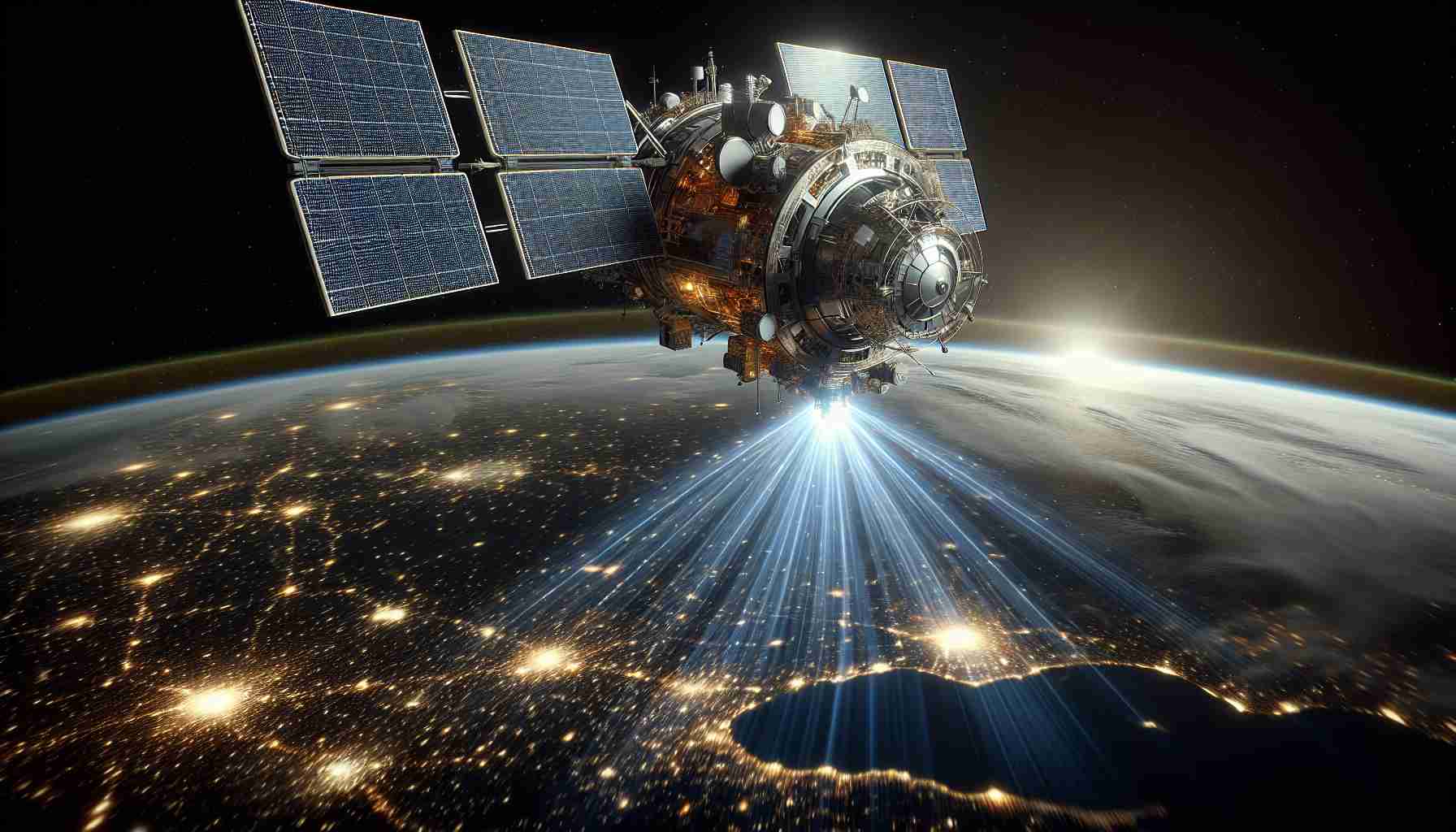
In the summer of 1995, a pivotal business journey reshaped the communications landscape. A family holiday in Connemara was unexpectedly disrupted when a trip to negotiate a groundbreaking contract with Motorola was required. After a long series of flights, the traveler’s exhaustion was palpable upon arriving at a Phoenix hotel at dawn.
Over a brief breakfast meeting, the contract for Iridium was signed, an innovative initiative aimed at establishing a global communications network via low-orbit satellites. At a time when mobile technology was still emerging, this ambitious project aimed to provide cellular connectivity even in the most remote areas. Iona, the traveler’s company, was entrusted with creating vital software linking three global network management centers, marking a significant achievement against larger competitors.
However, the promise of Iridium was short-lived, as it faced insurmountable challenges that led to its Chapter 11 bankruptcy by August 1999. Declaring default on hefty loans, the project was hindered by the high costs of its gadgets and the rapid advancements of terrestrial cellular networks.
Today, the pursuit of global connectivity continues with SpaceX’s Starlink and Amazon’s Kuiper initiatives. While Starlink aims to deliver high-speed internet via extensive satellite networks, Kuiper is advancing its network to challenge the competitive field. Both face the ongoing challenge of satellite maintenance and escalating costs, all while vying for an ever-growing customer base in the saturated communications market.
New Frontiers in Satellite Communications: Unlocking Global Connectivity
The landscape of satellite communications is rapidly evolving, driven by advancements in technology and the insatiable demand for global connectivity. Recent developments highlight the importance of satellite constellations, emerging technologies, and the increasing integration of satellite communication with terrestrial systems. The competition is intensifying, with numerous players vying for dominance in this critical domain.
Key Questions and Insights
1. What are the emerging technologies in satellite communications?
Recent innovations include the use of optical communication links that allow satellites to transmit data at higher speeds than traditional radio frequency systems. Additionally, artificial intelligence is being employed to optimize satellite operations, enhance signal transmission, and predict maintenance requirements.
2. How do satellite constellations work?
Satellite constellations consist of multiple satellites working in concert to provide continuous coverage over a specified area. For example, SpaceX’s Starlink utilizes thousands of small satellites in low Earth orbit (LEO) to create a network capable of offering high-speed internet across the globe.
3. What are the primary challenges facing satellite communication today?
Key challenges include the high costs of satellite launches, the need for advancements in space traffic management, and regulatory hurdles concerning frequency allocation and space debris mitigation. Additionally, maintaining launcher reliability and scalability remains a pressing concern.
Advantages and Disadvantages
Advantages:
– Global Coverage: Satellite communications can reach remote and underserved areas where traditional internet infrastructure is lacking.
– High-Speed Connectivity: Low Earth orbit satellites can provide significant improvements in latency and bandwidth over earlier satellite systems.
– Disaster Recovery: Satellites remain operational when terrestrial networks fail, providing crucial communication during natural disasters or other emergencies.
Disadvantages:
– High Costs: Launch and operational costs for satellite systems are significant, often leading to financial challenges for start-ups and established companies alike.
– Space Debris: The increasing number of satellites raises concerns about space debris, which poses risks to both operational satellites and future missions.
– Latency Issues: While LEO satellites reduce latency compared to geostationary satellites, there remain challenges in ensuring real-time communication for applications like gaming or stock trading.
Controversies and Future Directions
A significant controversy in satellite communications revolves around the use of radio frequencies. As more players enter the market, the demand for spectrum allocation increases, potentially leading to interference issues and conflicts. Moreover, environmental concerns regarding the impact of large satellite fleets on astronomy and the night sky have sparked debate among advocacy groups and scientists.
As we look towards the future, collaborative efforts between private companies and governmental organizations will be paramount. Harmonizing regulations and addressing sustainability in satellite launches will be crucial to the success of the industry.
In conclusion, the new frontiers in satellite communications represent both vast opportunities and substantial challenges. As companies like SpaceX and Amazon push the boundaries of what is possible in global connectivity, leveraging cutting-edge technologies while addressing the controversies and challenges at hand will be essential for sustainable growth in this exciting field.
For further reading on satellite communications, visit NASA and International Telecommunication Union.



